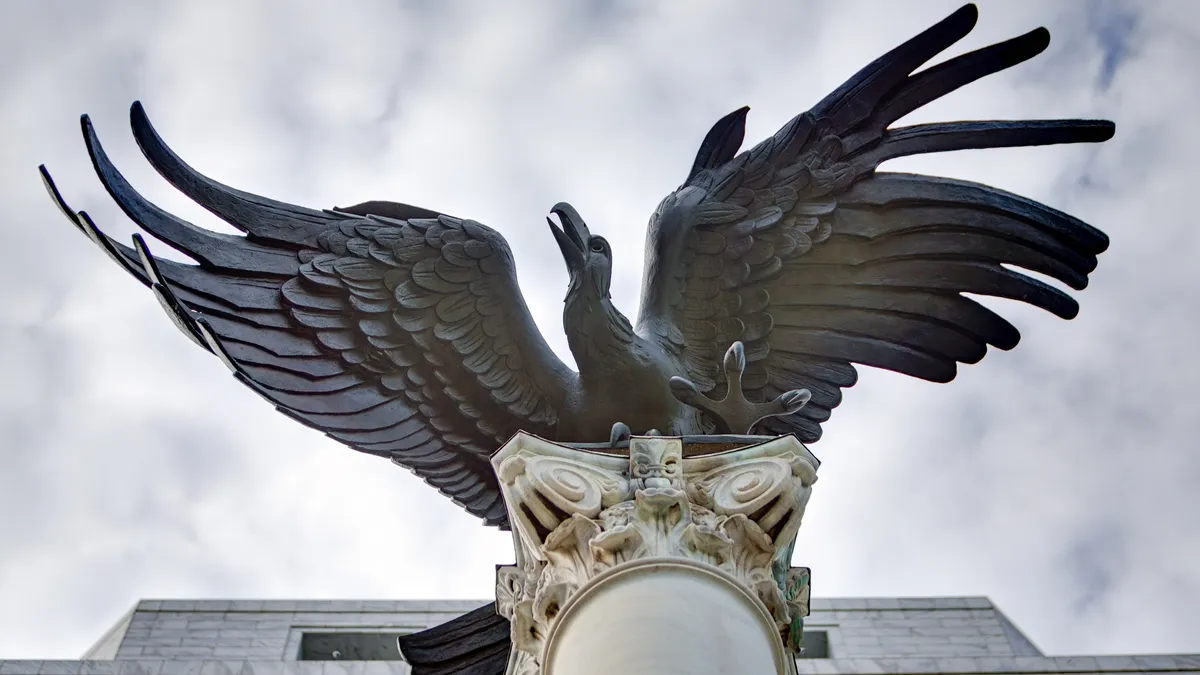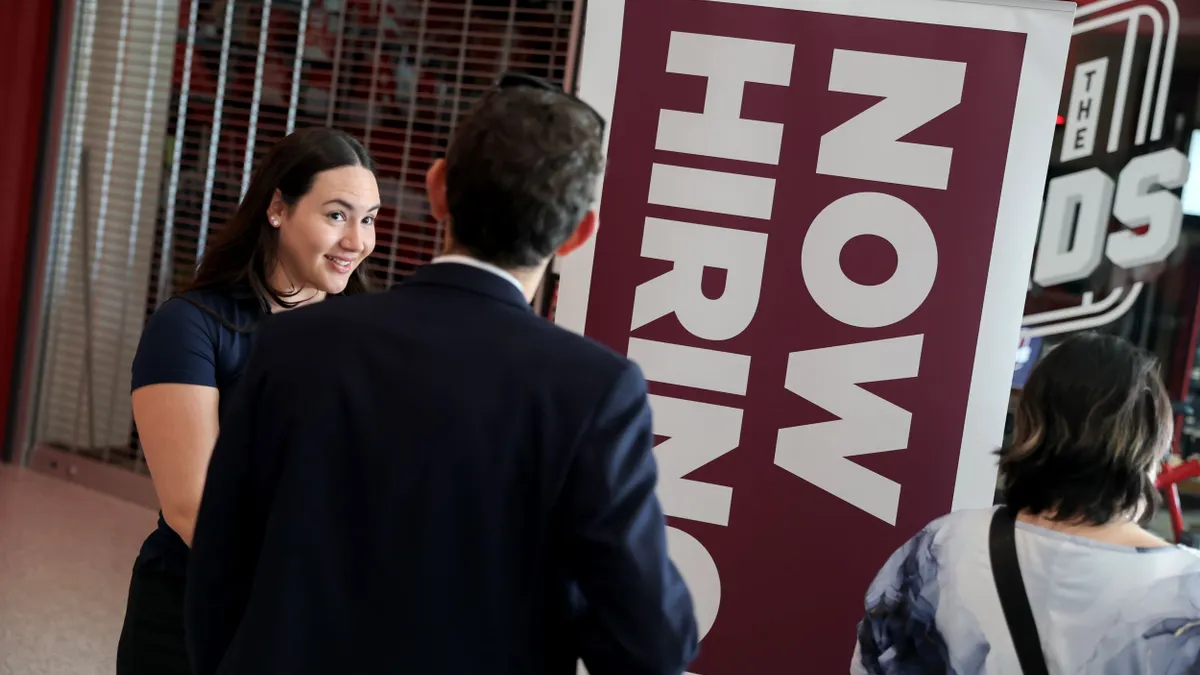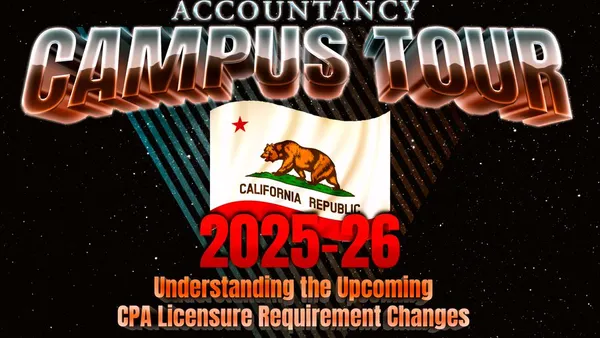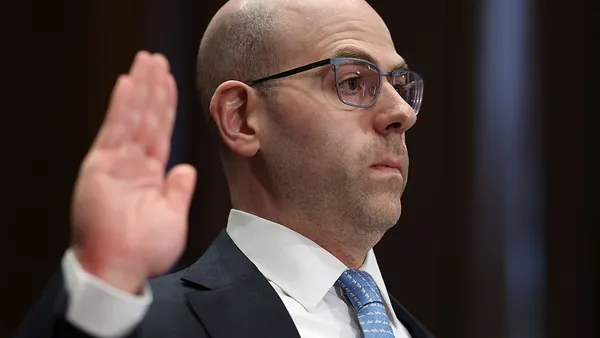Dive Brief:
- Hiring fell last month and unemployment rose to 4.3%, the Labor Department said Friday in a report that primed the Federal Reserve for a reduction in the main interest rate at its next scheduled policy meeting on Sept. 16-17.
- Employers added a less-than-forecast 22,000 jobs in August, the Labor Department said, while noting in a revision that payrolls in June shrunk by 13,000 jobs in the first such decline since December 2020.
- “This report green lights a September Federal Open Market Committee easing and implies further action will be required to stabilize the labor market before year end,” Pantheon Macroeconomics Chief U.S. Economist Samuel Tombs said in a client note. The data “make us more confident that the FOMC will ease” the benchmark rate by 0.75 percentage point by December and by 0.75 percentage point next year, he said.
Dive Insight:
The newest data showing labor market weakness puts at loggerheads both sides of the Fed’s dual mandate to maintain stable prices and ensure maximum employment.
The U.S. has expanded payrolls by just 598,000 in 2025, the slowest increase of any year since the pandemic. Meanwhile, inflation, as measured by the personal consumption expenditures price index minus food and energy prices, edged up in July to 2.9%, well above the Fed’s 2% inflation target.
Labor market weakness has prompted several Fed officials during the past several weeks to focus less on reducing price pressures and favor aiding the labor market with looser monetary policy.
Two Fed governors dissented from a July 30 FOMC vote to leave the federal funds rate unchanged, saying weak hiring warranted a reduction in borrowing costs. The central bank for five consecutive policy meetings this year has held the federal funds rate at a range between 4.25% and 4.5%.
Last month Fed Chair Jerome Powell, referring to the Fed’s two-sided mandate of full employment and price stability, said “the balance of risks appears to be shifting.”
New York Fed President John Williams on Thursday also signaled that he leans toward loosening monetary policy.
“Looking ahead, if progress on our dual mandate goals continues as in my baseline forecast, I anticipate it will become appropriate to move interest rates toward a more neutral stance over time,” Williams said. “This expectation reflects a delicate balancing of risks to our mandate goals.
“On the one hand, we need to keep the labor market in balance to ensure that the effects of tariffs do not spill over into a longer-lasting broad increase in inflation,” he said. “On the other hand, maintaining a stance of ‘too restrictive policy for too long’ could increase risks to our maximum employment mandate.
Traders in interest rate futures, responding to the freshest labor market data, increased the odds that the Fed will cut the benchmark interest rate by at least 0.75 percentage points by December. On Friday they saw a 71% probability of such an outcome compared with 46% odds on Thursday, according to the CME FedWatch Tool.
While voicing concern about the flagging job market, Fed officials have recently said Trump administration tariffs will likely stir a temporary, rather than sustained, rise in price pressures.
“I am not seeing signs of amplification of second-round effects of tariffs on broader inflation trends,” Williams said, noting that long-run inflation expectations have remained stable.
Import duties will probably push up prices by between 1% and 1.5% before fading as an impulse to inflation by the second half of 2026, he said.















